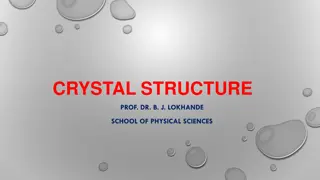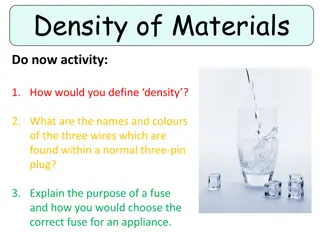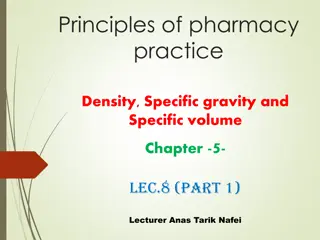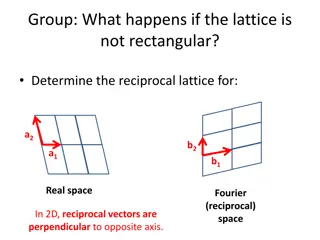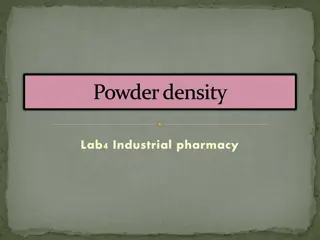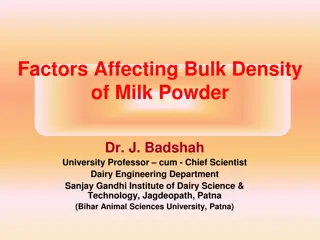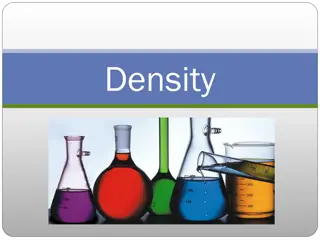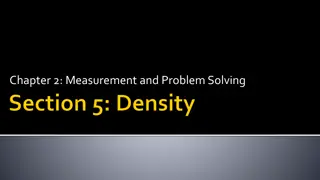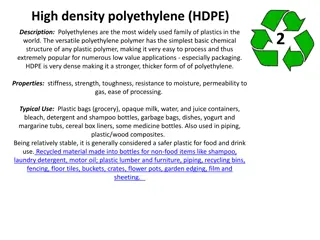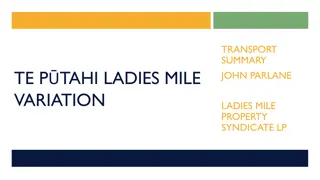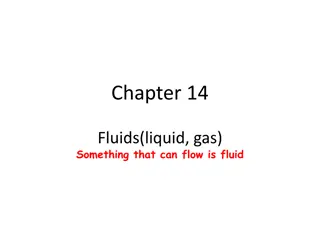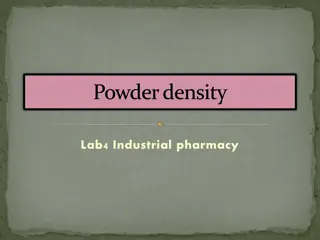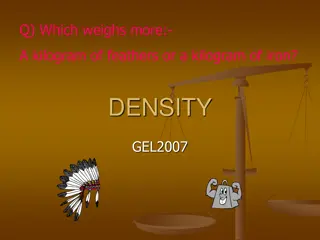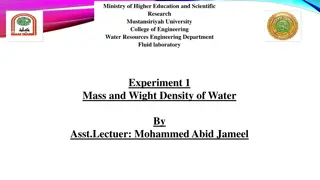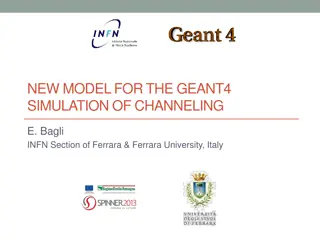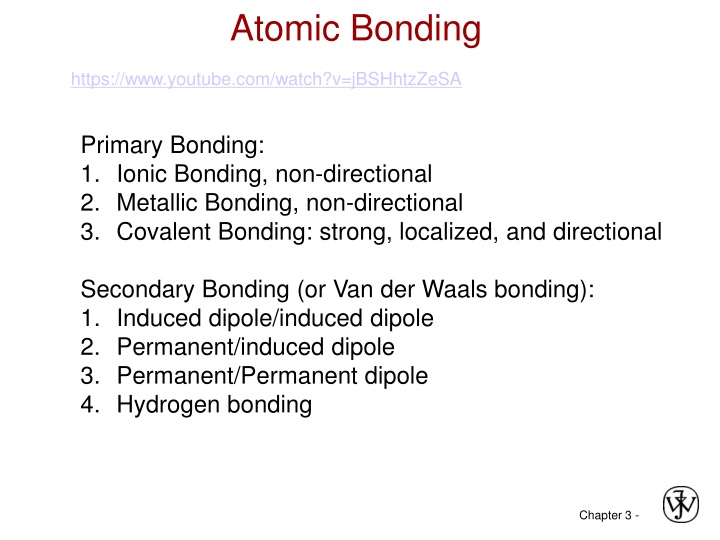
Atomic Bonding
Explore the fundamentals of atomic bonding, including primary and secondary bonding types such as ionic, metallic, covalent, and van der Waals. Learn about densely packed metallic crystal structures like BCC and FCC, as well as how to calculate their densities. Discover the intricacies of face-centered and body-centered cubic structures.
Download Presentation

Please find below an Image/Link to download the presentation.
The content on the website is provided AS IS for your information and personal use only. It may not be sold, licensed, or shared on other websites without obtaining consent from the author. If you encounter any issues during the download, it is possible that the publisher has removed the file from their server.
You are allowed to download the files provided on this website for personal or commercial use, subject to the condition that they are used lawfully. All files are the property of their respective owners.
The content on the website is provided AS IS for your information and personal use only. It may not be sold, licensed, or shared on other websites without obtaining consent from the author.
E N D
Presentation Transcript
Atomic Bonding https://www.youtube.com/watch?v=jBSHhtzZeSA Primary Bonding: 1. Ionic Bonding, non-directional 2. Metallic Bonding, non-directional 3. Covalent Bonding: strong, localized, and directional Secondary Bonding (or Van der Waals bonding): 1. Induced dipole/induced dipole 2. Permanent/induced dipole 3. Permanent/Permanent dipole 4. Hydrogen bonding Chapter 3 -
Metallic Crystal Structures Tend to be densely packed. Reasons for dense packing: - Typically, only one element is present, so all atomic radii are the same. - Metallic bonding is not directional. - Nearest neighbor distances tend to be small in order to lower bond energy. - Electron cloud shields cores from each other Have the simplest crystal structures. We will examine two such structures... Chapter 3 - 2
Visit this vernier web site and learn how to use a vernier caliper. http://www.youtube.com/watch?v=4hlNi0jdoeQ Chapter 3 -
Body Centered Cubic Structure (BCC) https://www.youtube.com/watch?v=CsnNbuqxGTk Atoms touch each other along cube diagonals. --Note: All atoms are identical; the center atom is shaded differently only for ease of viewing. ex: Cr, W, Fe ( ), Tantalum, Molybdenum Coordination # = 8 Adapted from Fig. 3.2, Callister & Rethwisch 8e. Click once on image to start animation (Courtesy P.M. Anderson) 2 atoms/unit cell: 1 center + 8 corners x 1/8 Chapter 3 - 4
Density: BCC 3 a a 2 a R Close-packed directions: a 3 a length = 4R = Adapted from Fig. 3.2(a), Callister & Rethwisch 8e. Calculate the density of Fe. Chapter 3 - 5
Face Centered Cubic Structure (FCC) Atoms touch each other along face diagonals. --Note: All atoms are identical; the face-centered atoms are shaded differently only for ease of viewing. ex: Al, Cu, Au, Pb, Ni, Pt, Ag Coordination # = 12 Adapted from Fig. 3.1, Callister & Rethwisch 8e. Click once on image to start animation (Courtesy P.M. Anderson) 4 atoms/unit cell: 6 face x 1/2 + 8 corners x 1/8 Chapter 3 - 6
Density: FCC Close-packed directions: length = 4R = 2 a Unit cell contains: 6 x1/2 + 8 x1/8 = 4 atoms/unit cell Calculate the density of Al and Cu. Adapted from Fig. 3.1(a), Callister & Rethwisch 8e. Chapter 3 - 7


